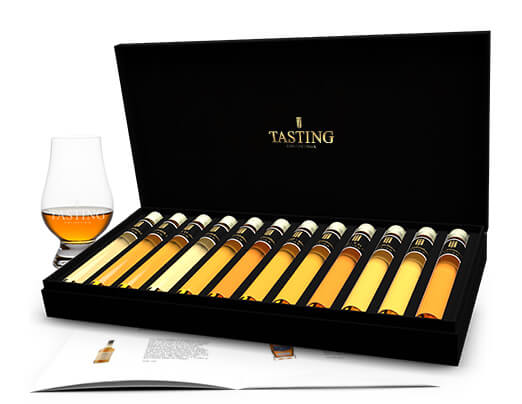Whisky Tasting
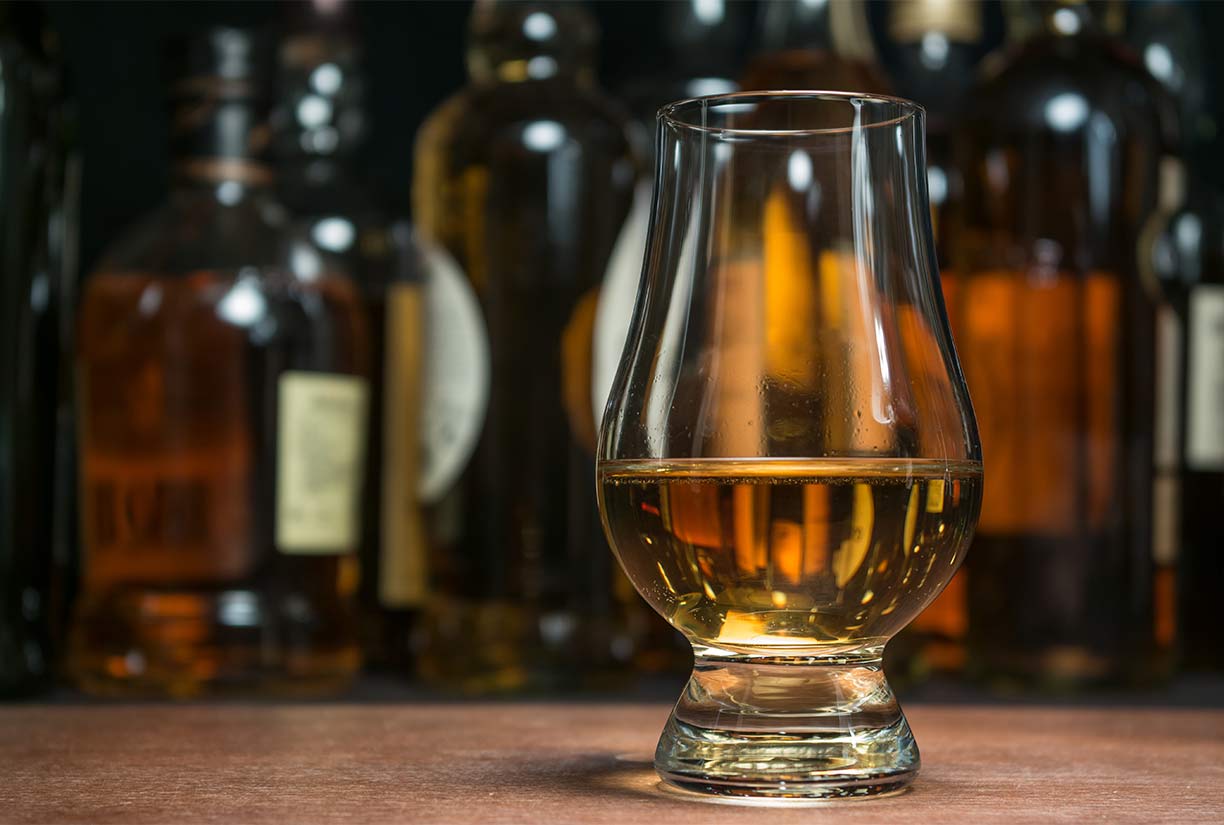
Learn how to taste Whisky
The art of tasting is one that you can master. And that's just a matter of getting started. We realize that the terms used to describe the whisky can sometimes be somewhat intimidating. That's why we'd like to take you with us in this activity which, as you taste more and more, will become more and more interesting.
The more whisky you taste, the easier it will go off. Especially if, while you are tasting, you have information about the whisky in question at your disposal. If you read the background and make your own notes, you will immediately notice that you will easily become part of the world behind this beautiful drink. Nothing is more fun than tasting, discovering and learning.
We give you some tips for beginners and all the terms commonly used in the world of whisky. You don't have to learn them by heart, but you'll see that, to describe a whisky for yourself, these terms can be quite useful.
The golden rule when tasting whisky is that taste is above all very personal. What you taste and how you judge it is important. If you taste together with another lover, it is fun and educational to exchange your tasting experiences.
Taste slowly
Whisky is a special drink that should be tasted slowly. Allow yourself time to slowly release the character traits of the whisky. You will find that with most whisky's your first sip is very different from the second, and the third after a while different from the second...
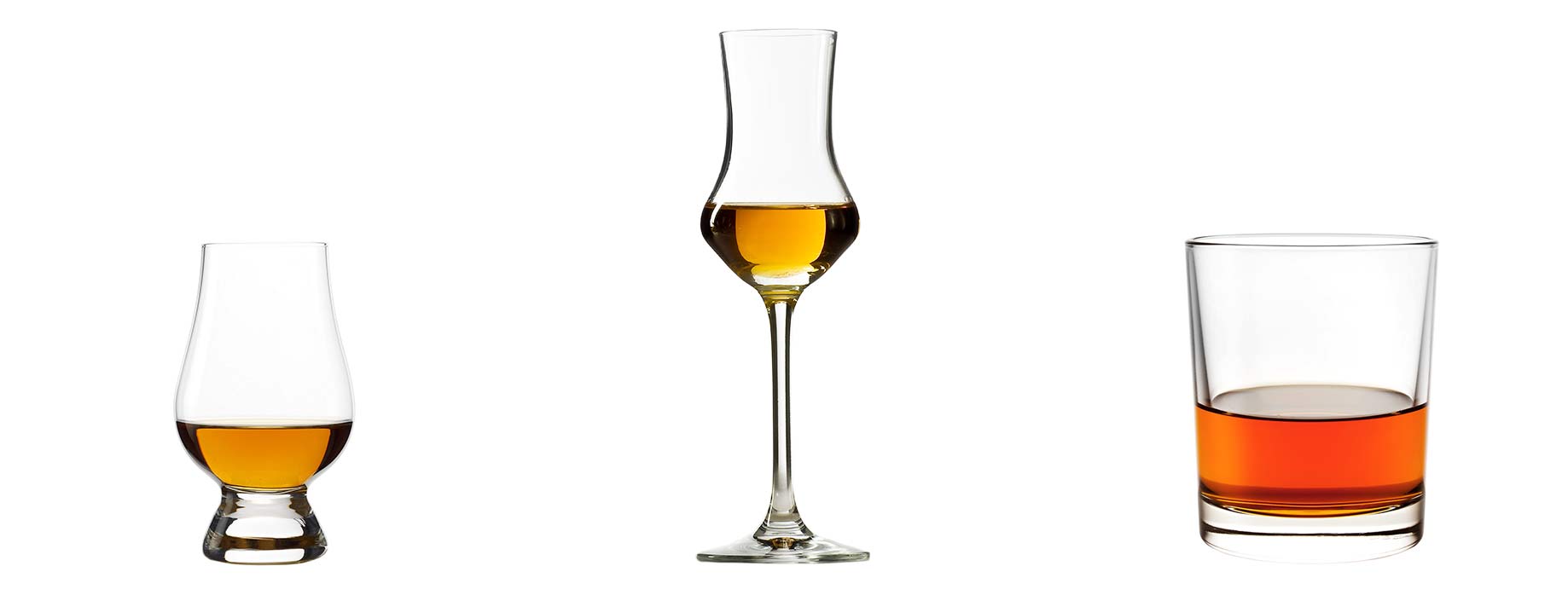
Whisky glasses
Snifter
There is one type of glass suitable for the good tasting of whisky: the Snifter. These glasses are designed to guide the aromas better to the nose, as the nose is a very important factor in tasting. This glass has a tulip shape with a broad base and a narrowing towards the edge.
Tumbler
A tumbler is a wide glass with thick bottom and no narrowing is less suitable for tasting, because the flavors can spread quickly. It is therefore preferable to use a Tumbler only when you just want to enjoy a glass of whisky.
The Nose
The Nose of a whisky is the aroma you smell. The aromas give an indication of how the whisky will taste. Pour the tube of Whisky into your glass and let it circulate for a moment by making a small swaying wrist movement, adding oxygen and allowing evaporation to begin. This is important because until then the whisky has been in the barrel or bottle. Give the whisky a little time to present its characteristics. Then let the whisky rest for a few seconds in the glass before smelling it. Heat the glass slightly by holding it in the palm of your hand. If you smell immediately, you will often smell an unpleasant alcohol or Acetone smell. In the meantime, pay attention to the colour of the whisky.
Put your nose in the glass - literally - and sniff up the aromas. Do this 3 times and try to identify the flavourings. Some of the terms commonly used to describe the aroma are: light, fresh, heavy, full, fruity, floral, spicy, smoky, peaty, and so on. You will notice that your first snuff is full of alcohol, the second will be sweeter and fruity and the third will radiate smoky warmth. Based on this, try to predict the taste of the whisky.

The Taste
Taste (Palate) is recorded by the taste buds on your tongue. It is very important that you do not drink the whisky too fast. Hold it in your mouth for a moment to make the taste go round. Different parts of the tongue and mouth react to different flavours and characteristics of the whisky. Now try to taste the characteristics and describe them to yourself in your own tasting notes. Take a new sip a little later and try to discover new things. Don't worry if you taste something that someone else doesn't, or vice versa. After all, our taste buds are all different.
The Finish
The Finish is the taste that remains in the mouth after you swallow the whisky. You will discover that the complexity of the finish distinguishes whisky from other spirits. Try to discover and describe as many flavours as possible. And make a comparison with flavours you know. With the aftertaste you also ask yourself whether it is short, medium or long.
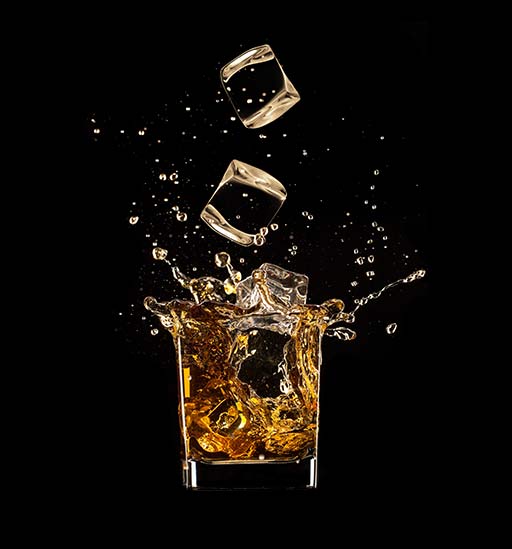
Add water or ice?
Adding water or ice can influence the whisky both positively and negatively. Most whiskies with an alcohol content between 40% and 45% have usually already been given some water by a process called cutting. This is done before bottling to match the taste to a larger group of consumers. Usually this is done with natural water found near the distillery.
Ice in Whisky
Adding ice is very controversial. Some connoisseurs think this is simply not done, but in the United States it is customary to drink whisky on the rocks. The difference with water is that ice immediately lowers the temperature in your glass and keeps the whisky from showing its special characteristics. It also dilutes your whisky. Instead of expressing the flavours better, ice cream will mask the flavours or prevent them from bursting, just like a good white wine served too cool. It will of course be more refreshing, but the taste will become matte. The taste will only revive a little after the ice has melted and the whisky can warm up again, but the dram is then already too diluted to come into its own. We therefore recommend that you do not use ice cream for tasting.
Water in Whisky
By adding (a very small amount!) of water, a whole new set of characteristics can suddenly burst into a whisky that you would not have tasted with a pure whisky. This is certainly the case with Cask Strength whiskies or whiskies with an alcohol content above 60%. The high alcohol content keeps the more subtle flavours from coming to the fore. A small amount of water quenches the alcohol a little, allowing the flavours to come into their own. How much water you should add depends of course on your personal taste. You can also experiment with this.
Conclusion
Our advice is always to taste a whisky first in its natural form, without additives (straight or neat),. Some whisky experts believe that you should not add water to a whisky either, because you should taste it as it was originally made by the distillery, in all its natural beauty and complexity. However, adding a little water can help to bring out even more flavours and complexity. Especially if it's a whisky with a high alcohol content, such as a Cask Strenght.
Whisky stones
There is an alternative to adding ice cubes, if you want to avoid diluting the whisky too much; Whisky Stones. These are stones in the form of ice cubes. They can therefore be rinsed off and reused.
Although these stones do not dilute your dram, they cool the whisky so much that a lot of taste is lost. The whisky will only really come into its own when it slowly starts to heat up again. We do not recommend these Whisky Stones for tasting.
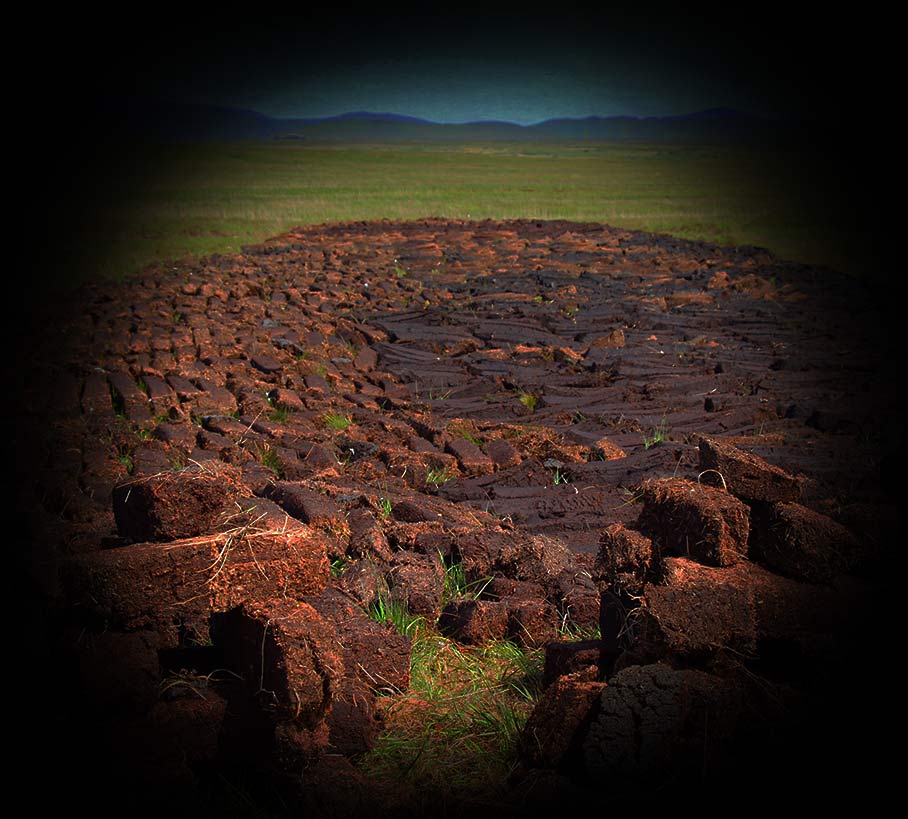
Peat
Peat is found almost everywhere in the British Isles and its use in the production of most Scotch whiskies creates that unique, smoky, taste. Peat is soil made up of grasses, mosses, branches and roots that have been compressed into the soil over the centuries.
The use of peat
The extracted peat is cut (usually by hand) and laid to dry for about two weeks. Then it is taken to the distillery nearby. Usually, the peat comes from soil owned by the distillery itself. The peat is burned under the barley to make malt. Because the peat is so compact, it burns very long with a constant temperature and smoke.
Phenols
The use of peat is one of the reasons why whiskies taste so different. The smoke of peat contains chemicals (phenols), which are absorbed by the barley during malting. The amount of phenols is determined by the duration of barley exposure to smoke, the amount of smoke released during peat burning and, of course, the type of peat used.
If the malt is disposed of, the quantity of phenols is measured. This is expressed in PPM - Parts Per Million. A distillery will always strive for the same PPM in its malt. The PPM is also measured in the final product. The higher the PPM in the whisky, the smoker it tastes.
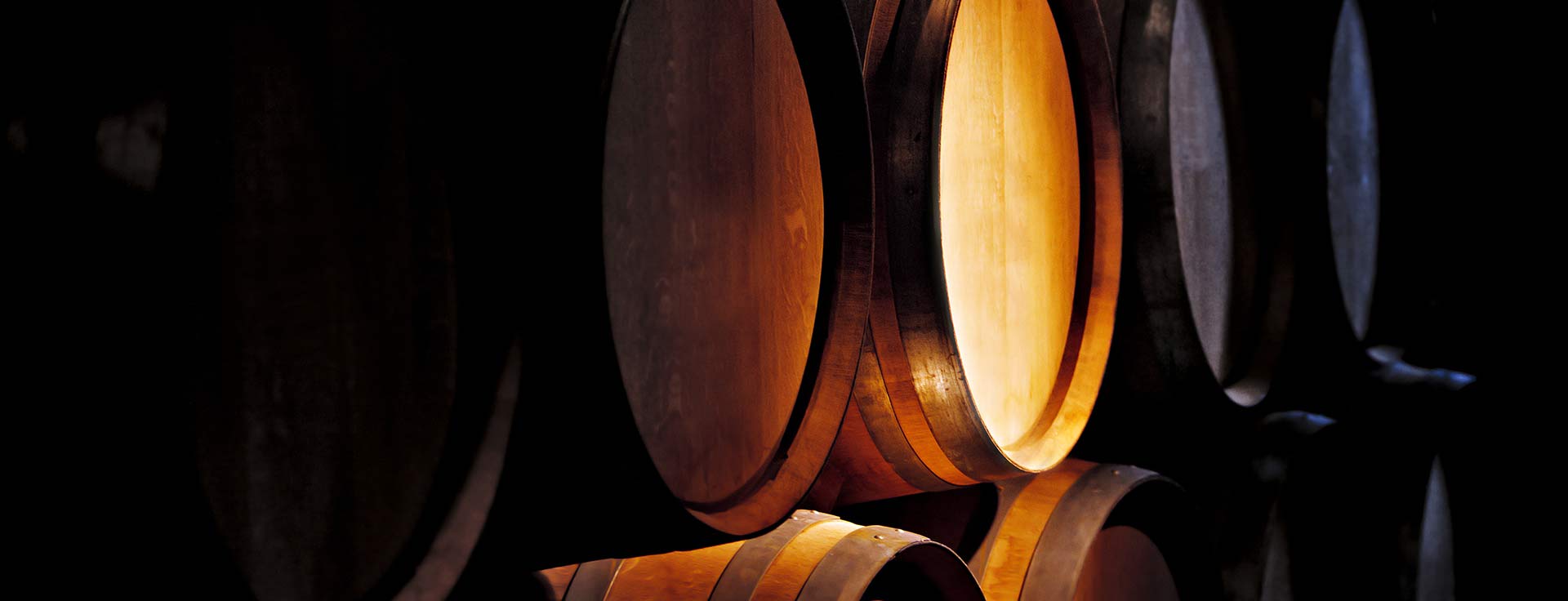
The influence of wood on Whisky
The oak barrel or cask in which the whisky has matured also influences the taste. The law stipulates that these barrels must be made of oak. The choice of this type of wood lies in the fact that it is strong, yet has a structure that prevents leaks. It is porous, allowing oxygen to enter and leave the barrel. And the wood can be bent by heating without breaking; this is important in the production of casks.
Wood is full of natural oils called vanillins. The spirit draws these vanillins out of the barrel during the maturation process, as it were, and thus contributes to the complex taste of the whisky. Three types of wood are currently used in the production of whisky. These all have their own specific characteristics.
European oak
This type of oak (Quercus Robur) has been used for more than 200 years in the maturation process of Scotch whisky and Irish whiskey. The first casks were made from English and Scottish oak, but given the slow growth of this local tree, it was soon moved to Russian oak.
From 1860 the British started to import sherry from Spain. The oak barrels in which the sherry had matured were similar - from Spanish oak - but a lot cheaper.
Nowadays, more and more use is made of French oak. These are traditionally used for maturing wine and are mainly used by the distilleries to give a special aftertaste to their whisky.
Some typical ‘taste’-terms combined with maturation on this type of wood:
sherry, dried fruit (raisins), herbs (cinnamon, nutmeg), caramel, sinas.
American oak
This type of oak (Quercus Rubra) has only been used since the end of the Second World War, after a law was passed to revitalise the barrel industry after the Draining of the 1920s and 1930s. The Irish and Scots also began to use the American bourbon casks for the maturation of their whisky.
American oak is considered the perfect wood for whisky barrels because it grows fast with a straight stalk and a high content of vanillins. A typical American barrel, the so-called ASB (American Standard Barrel), is considered ideal because of the good ratio between the amount of spirit and the surface area of the inside of the barrel. Result: almost 90% of all whisky whisky worldwide is now aged in American oak bourbon casks.
Some typical ‘taste’-terms in combination with maturation on this type of wood:
vanilla, honey, nuts (coconut, almond, hazelnut), caramel and spices.
Japanese oak
This type of oak (Quercus Mongolica), better known as the Mizunara oak, has been used in the Japanese whisky industry since 1930. The Mizunara has a particularly high content of vanillins, but is soft and very porous. The wood can leak and easily gets damaged. Therefore, in Japan too, bourbon or sherry barrels are mainly used to mature the whisky and only at the end of this maturation process are they transferred to Mizunara barrels to give the whisky its specific taste.
Some typical ‘taste’-terms in combination with maturation on this type of wood:
vanilla, honey, flowers, blossom, fresh fruit (pears, apples), herbs (nutmeg, peppers), wood.
Types of whisky barrels or casks
A bottle of whisky may show the type of barrel on which it was matured. The smaller the barrel, the more the maturing spirit came into contact with the wood of the barrel around it and the greater the influence of the natural oils, the vanillins.
An overview of the different types of whisky casks:
Blood Tub
40 liter
The Blood Tub is mainly used for brewing beer, but sometimes also for maturing whisky, for example in special editions.
Quarter Cask
50 liter
The Quarter Cask is a barrel the size of a quarter of an ASB (American Standard Barrel). Used because of the high contact between spirit and wood, which gives the whisky its flavour quickly. Sometimes also called firkin.
ASB (American Standard Barrel)
200 liter
The ASB is the ‘modern’ whiskey cask, easy to use given its capacity. Made of American oak. Used mainly in the bourbon industry, but also frequently for maturing Scottish and Irish spirit.
Hogshead
225 liter
The Term Hogshead is derived from the 15th century English 'Hogges Hede', which corresponded to 63 gallons. The forerunners of the ASB and perhaps still the most used barrels in the world for the maturation of whisky.
Barrique
300 liter
The Barrique is mainly used in the wine industry. The big difference with the whisky barrels is that they are tied with strips of wood instead of metal rings. They give a wine cask finish to the whisky.
Puncheon
500 liter
The Puncheon barrels are made of American oak or Spanish oak and used in the rum and sherry industry. They are used to give whisky its finish.
Butt
500 liter
The Butt is a high narrow cask, made of sturdy European oak. Are mainly used in the Spanish sherry industry. They are the most common sherry casks used for maturing whisky.
Port Pipe
650 liter
The Port Pipe is also a high narrow cask, made of sturdy European oak. Looks a bit like an extended cask. These are mainly used for maturing Port to give whisky its finish.
Madeira Drum
650 liter
The Madeira Drum is a short and round cask with a wide diameter, made of French oak. As the name suggests, these casks are mainly used in the Madeira wine industry. Sometimes used to give whisky its finish.
Gorda
700 liter
The Gorda is a huge cask, which has its origins in the American whisky industry. They are sometimes used to mature whisky, but mainly for marrying different whiskies to obtain a blended or vatted whisky.
The most commonly used barrels are the American Standard Barrel and the Butt.
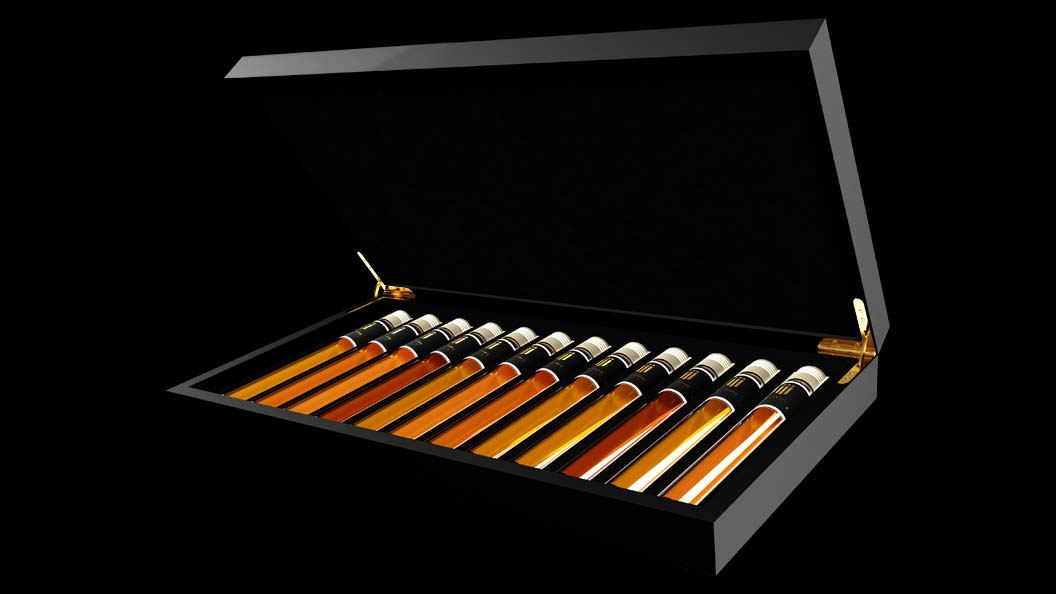
WhiskyTasting Collection
The best way to taste Whisky is of course to order a Whisky Tasting Collection. Try them all and find out which Whisky you like best!

